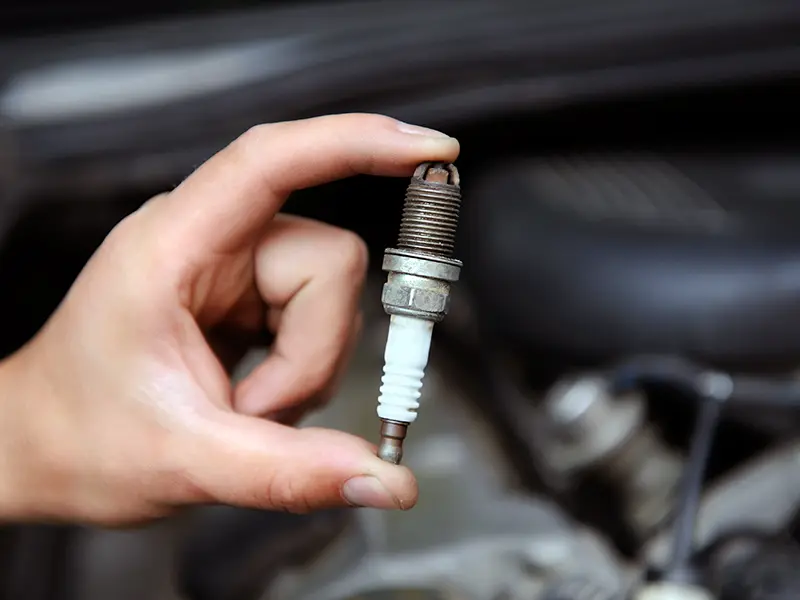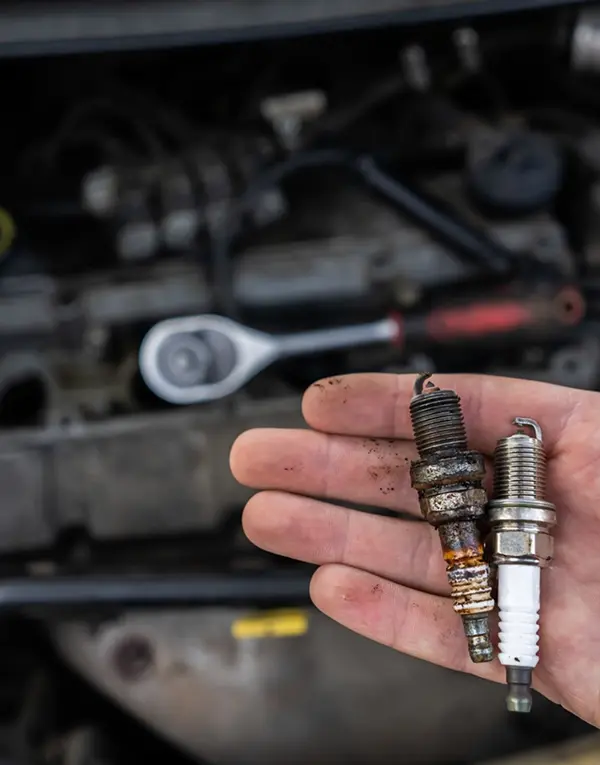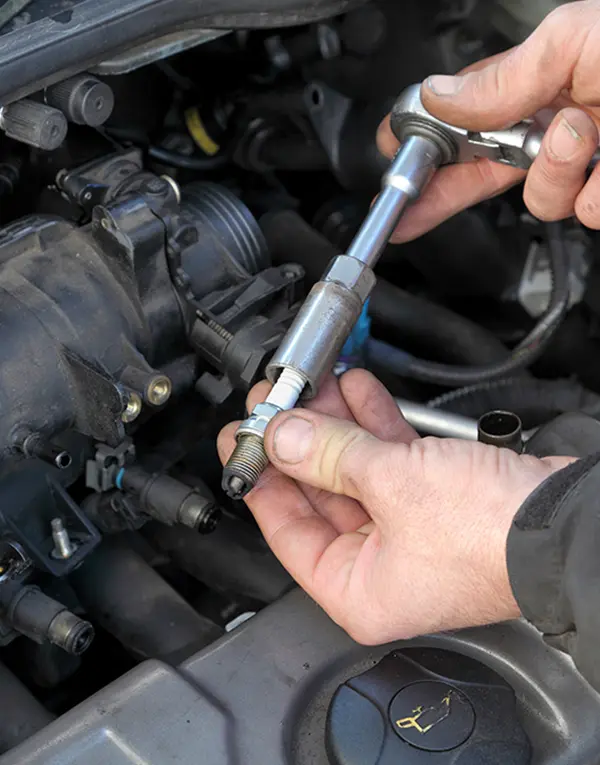HANDY GUIDE
Faulty Spark Plug
A faulty spark plug can result in a range of problems with your car, including decreased performance, misfires, and engine troubles. There are several methods for determining whether or not your vehicle’s spark plug is defective:

ABOUT COMPANY
WE PROVIDED GOOD SOLUTIONS
Lorem ipsum dolor consectetur adipiscing do eiusmod tempor labore dolore magna ut enim ad minim veniam nostrud.
Inspect for warning signs: If you notice rough idling, slower acceleration, or poor fuel efficiency, your spark plug may be damaged. You may also notice that your engine is difficult to start, or that it emits peculiar noises or odors.
Check the spark plug: If you suspect that your spark plug is defective, you can visually inspect it. Begin by looking for the spark plug, which is usually located at the top of the engine. Check the spark plug for signs of wear and tear. Check for signs of wear and tear, such as cracks or corrosion, after removing the spark plug. The spark plug may be defective if the electrode is damaged or worn down, or if it is covered in soot.
Test the spark plug: If you are unsure whether your spark plug is defective, you can use a spark plug tester to find out. This instrument checks the voltage of the spark plug to determine if it is working properly. If the voltage reading is low, the spark plug could be faulty.
Inspect the spark plug wires: If you’ve tested the spark plug and discovered no problems, the issue could be with the spark plug wires. Examine the wires for damage or wear, and make sure.
If you believe that your vehicle’s spark plug is faulty, you must act quickly to prevent more harm to your vehicle. A faulty spark plug may be cleaned or fixed in some circumstances. But, if the spark plug is badly damaged or worn, it must be changed. It is preferable to visit a professional mechanic if you are unclear on how to diagnose or fix a faulty spark plug.

